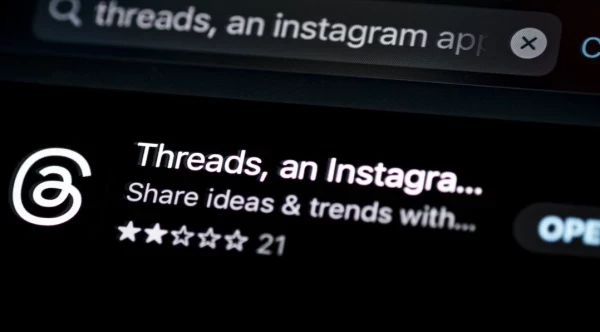Uh-Oh: I Can't Engage Customers in Every Channel -- Is All Hope Lost?
Add bookmarkThe following is an excerpt from Call Center IQ’s "Executive Report on the Omni-Channel Customer Experience." Download your free copy of the report, which features exclusive research into omni-channel customer service, performance, challenges and solutions.
Established and irrefutable is the fact that in order to truly create an omni-channel environment, a business needs to be able to consistently engage customers in all channels. It is the only way a business can truly assure it is wherever it customer wants to be whenever the customer wants to be there.
But insofar as the ultimate motivation behind omni-channel is to create the best possible experience for customers, stretching the organization into all conceivable channels is not necessarily the best strategy. Limiting the number of channels offered—or at least the functionality within each channel—might produce the best overall experience.
"Businesses and contact centers can't do everything," explains Five9’s Richard Dumas. "There is a balance between cost and being able to provide a high level of service across one channel and then across multiple channels."
And customers largely understand those limitations. While their "always on" mentality has empowered them to think in terms of issue rather than channel, they ultimately understand that the fundamental limitations affecting channels—or overall contact center operations—cannot simply be ignored.
"There is a point at which you have to count on the customer to understand that there are some limitations," says Contact Solutions’ Mike McShea. "The important thing here is to give the customer options."
Beyond cost, businesses also encounter growing pains and maturity issues as they span channels.
"You’re starting to see some of the growing pains of omni-channel," adds McShea. "The contact center and the operations managers are trying to figure out how to have agents be able to support all kinds of interactions across multiple channels.
"Training problems and logistics problems emerge as businesses attempt to function as omni-channel ones."
And insofar as an omni-channel experience is a holistic one, the adverse impact of those growing pains on one touchpoint threatens to undermine the entire customer experience.
"The crawl, walk, run strategy is an important one, because if you're going to be good and call yourself omni-channel, you need to be great at whatever you know are the critical touch points," says InMoment’s Lonnie Mayne. "There is a cost to going too far down the path."
But businesses must be careful about letting maturity and cost issues stifle channel strategy. Once businesses begin making decisions based on internal concerns rather than the voice of the customer, they exit the omni-channel realm and slide back into multi-channel mode.
Limits are acceptable, necessary and even valuable, but they need to be created by the voice of the customer. By understanding where customers truly want to engage, how customers truly want to engage and what they truly expect when they engage, businesses can make appropriate decisions about when to say yes and when to say no to given channels. They can adhere to the spirit of omni-channel without actually being in all channels.
"First, businesses have to understand who their customers are, what their demographics are and how they want to engage to determine whether it makes sense to engage in a given channel," says Five9’s Richard Dumas. "Once they figure out which channels are relevant, they then have to look at what service levels are appropriate in each channel."
"The best-in-class are asking questions about where interaction needs to happen," declares InMoment’s Lonnie Mayne. By asking those questions in conjunction with an analysis of the "science behind customer behavior in those channels," businesses will not only determine which channels are important but "why those channels are important to customers."
Once businesses develop an understanding of where they need to be—and what they need to be within each of those channels—they can start to emphasize training and performance. They can condition agents to best account for the intricacies of a given channel, and they can best assure the effort within each channel is productive and efficient.
That type of practice is not, however, exclusive to an omni-channel business. It is also the blueprint for operating a multi-channel organization.
A business elevates to omni-channel when it not only assures its channels are optimized but calibrates that optimization against the business’ overarching goals. How can the nature of the channel—and the performance within that channel—be leveraged to create the best possible overall customer experience?
"You absolutely want be able to measure the separate KPIs for each particular channel," says VHT’s Ted Bray. "Whatever channel you might be on, understand that you have to measure specific performance within that channel.
"But when looking at the overall customer experience, you really need, from the customer's lens to understand how all the channels are coming together. Are we, from the customer’s perspective, consistently delivering first contact resolution?"





















